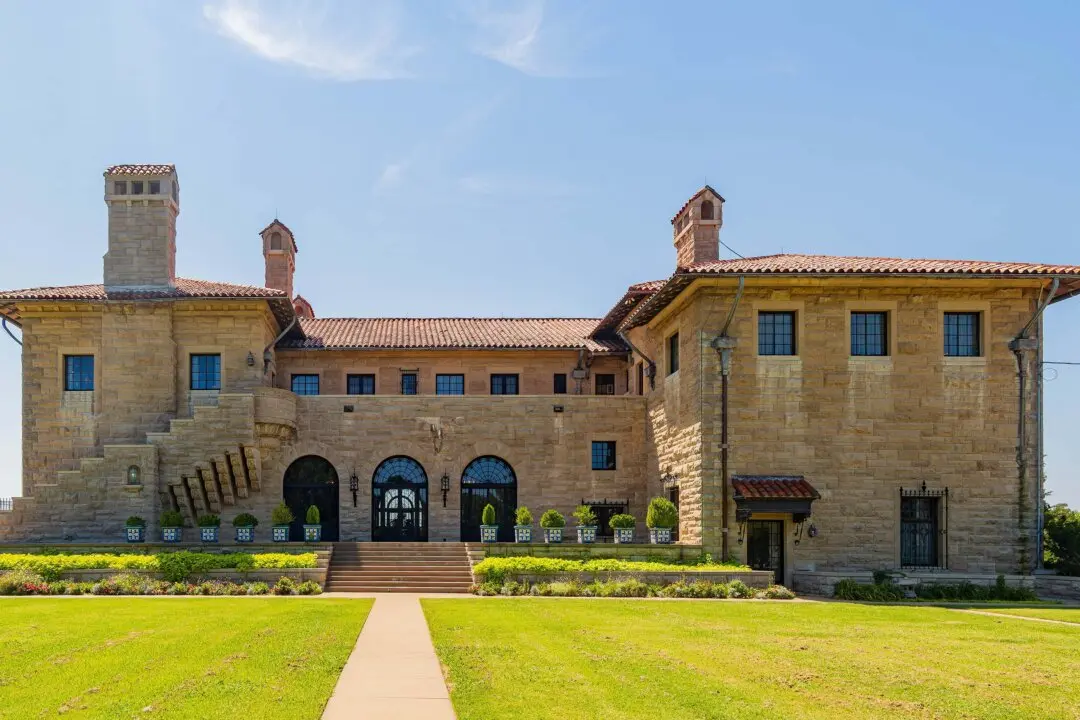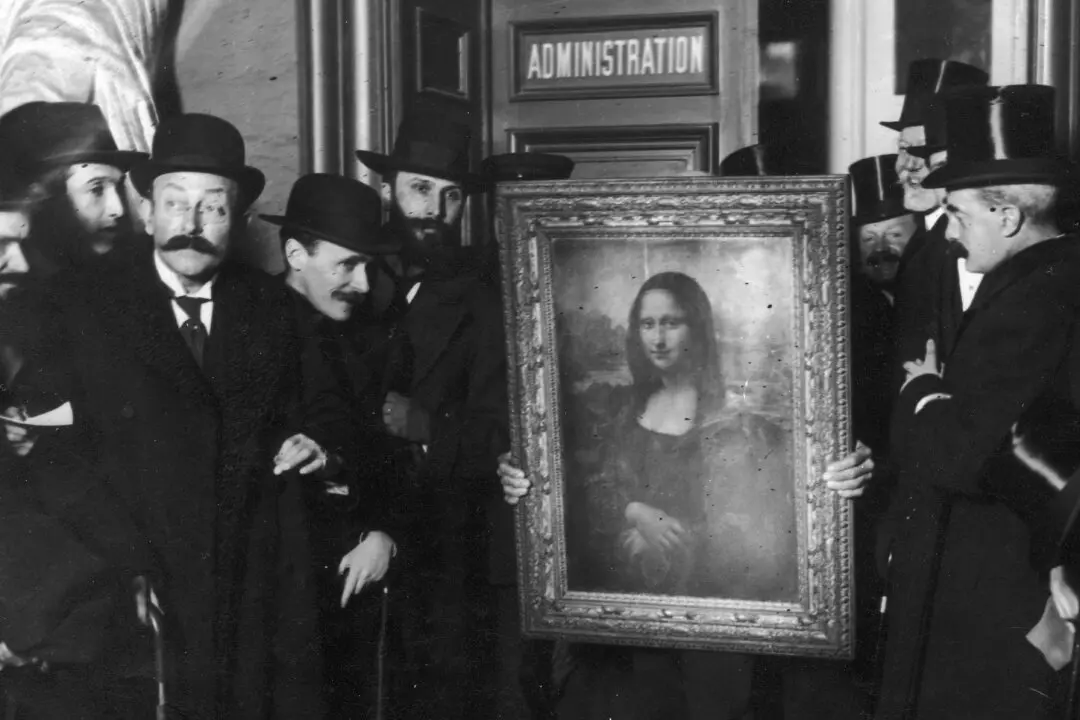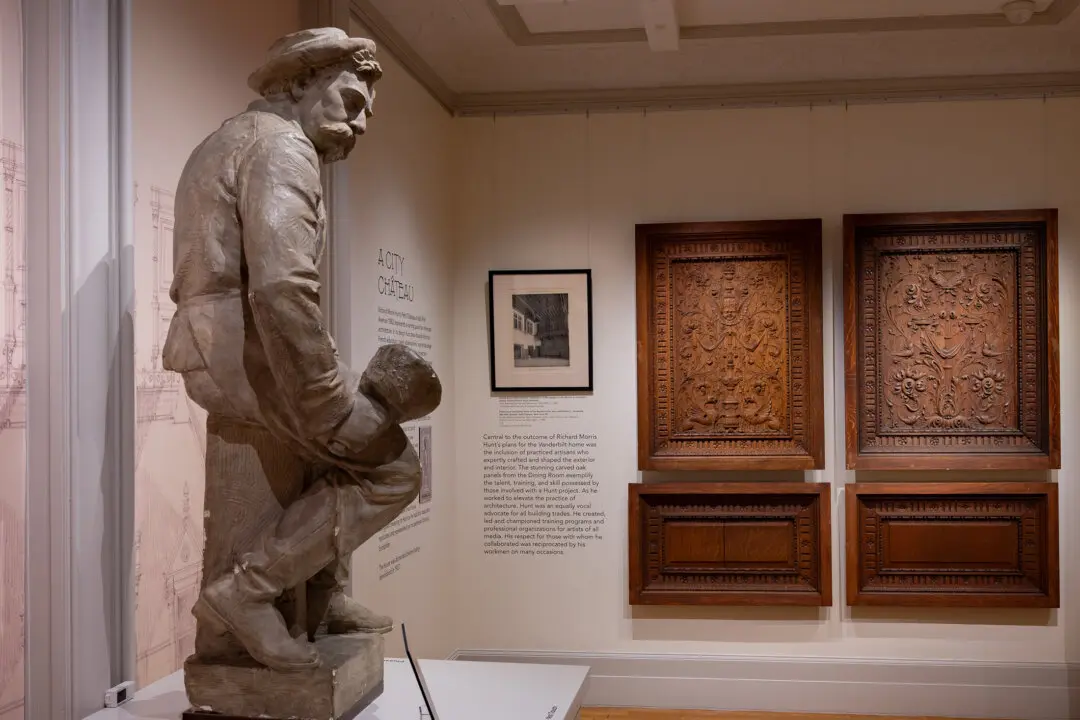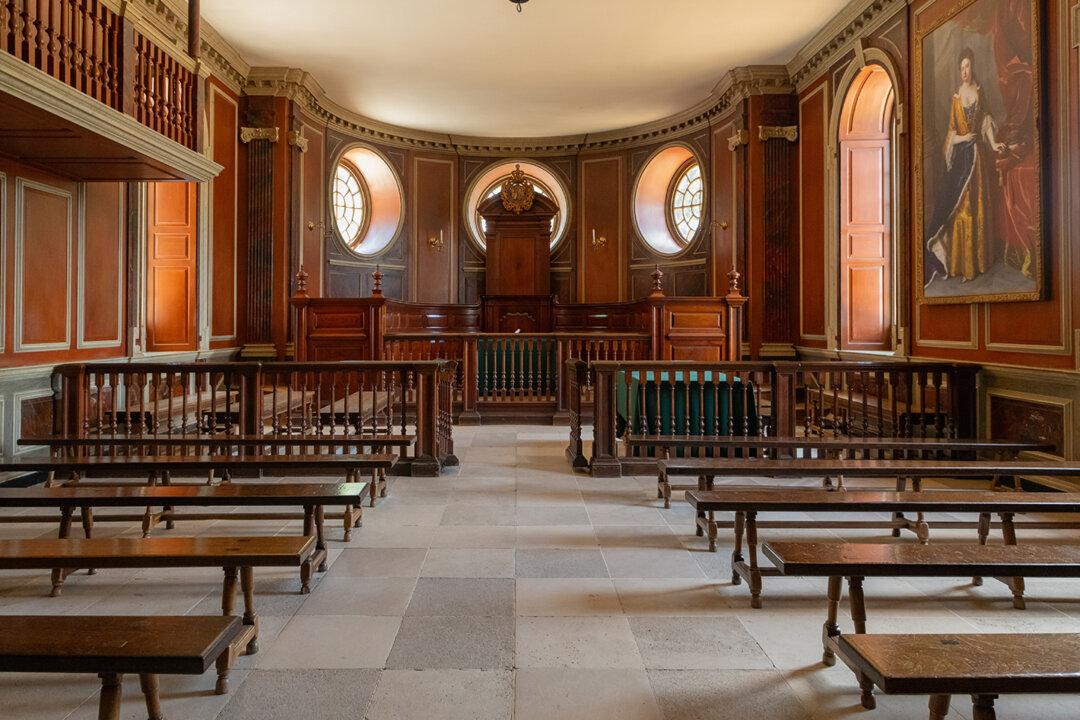When the United States of America was young, the established cities of New York and then Philadelphia served as seats for the country’s government. While Alexander Hamilton and many northerners were content with this, Thomas Jefferson and a lot of southerners were not—so a seat for the federal government was established in a more central location. James Madison, in The Federalist No. 43, explained why the country needed a separate “federal district” which would be under the authority of only Congress and not part of the territory of any state.
This was not merely a theoretical concern. In June 1783, unpaid continental soldiers descended en masse on the Congress as it met in Philadelphia. Pennsylvania refused all requests for aid, and the legislators fled to New Jersey. Only the intervention of George Washington prevented the situation from escalating out of hand. Anti-Federalists were equally concerned, fearing an established federal city might become “a sink of corruption and a potential nursery for tyrants,” recounts historian Lee Casey.





